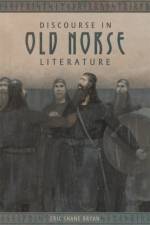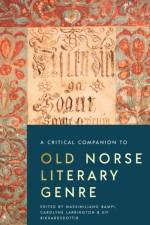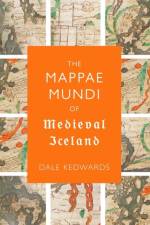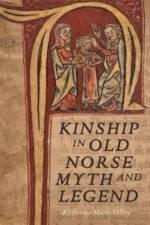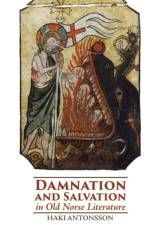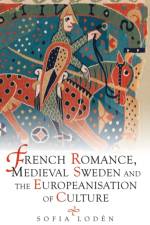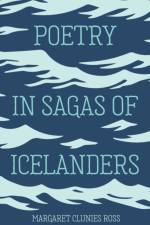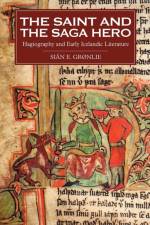av Gareth Lloyd Evans
1 451
First full investigation of masculinities in Old Norse-Icelandic literature.Compared to other areas of medieval literature, the question of masculinity in Old Norse-Icelandic literature has been understudied. This is a neglect which this volume aims to rectify. The essays collected here introduce and analyse a spectrum of masculinities, from the sagas of Icelanders, contemporary sagas, kings' sagas, legendary sagas, chivalric sagas, bishops' sagas, and eddic and skaldic verse, producing a broad and multifaceted understanding of what it means to be masculine in Old Norse-Icelandic texts. A critical introduction places the essays in their scholarly context, providing the reader with a concise orientation in gender studies and the study of masculinities in Old Norse-Icelandic literature. This book's investigation of how masculinities are constructed and challenged within a unique literature is all the more vital in the current climate, in which Old Norse sources are weaponised to support far-right agendas and racist ideologies are intertwined with images of vikings as hypermasculine. This volume counters these troubling narratives of masculinity through explorations of Old Norse literature that demonstrate how masculinity is formed, how it is linked to violence and vulnerability, how it governs men's relationships, and how toxic models of masculinity may be challenged. JESSICA HANCOCK is a Lecturer in Educational Development at City, University of London; GARETH LLOYD EVANS is Lecturer in Medieval Literature at St Hilda's College, Oxford. Contributors: Asdis Egilsdottir, David Ashurst, Brynja orgeirsdottir, Gareth Lloyd Evans, Oren Falk, Alison Finlay, Jessica Clare Hancock, Johanna Katrin Fridriksdottir, Philip Lavender, Thomas Morcom, Carl Phelpstead, Matthew Roby.

